- September 25, 2025
- hyepets.com
- 3:29 pm
⏱ Time to read 9 min
Pets are adorable and bring joy to lives with their companionship and love. Pet parents are happiest with their fur babies, and their life revolves around them. Although there are many difficult aspects to raising these babies, such as potty training them or restraining them from chewing our footwear but the real challenge is choosing the right food for them.
The real test is ‘what to choose?’ standing on a pet store aisle stacked with various bags, boxes, and cans- each shouting tags like high-protein, grain-free, vegan, raw, diet, senior formula, and the list is never-ending.

Every dog parent has felt the anxiety of the dog food dilemma, from whether to stay with a stabilized dry food option, change to the delectable wet food, or try the exciting new trend of raw food. In actuality, there is no right answer. It is largely dependent on the dog’s life stage, health, lifestyle, and preferences.
Dog food types: Crunchy kibbles to Raw and Everything In-between
When it comes to feeding your pooch, there are numerous options to choose from. Each type of food has different advantages, disadvantages, and best-fit options for a playful puppy, a picky eater, or a wise senior dog. Some dogs love and will happily crunch their kibble, some will only hear you when you say “wet” food, and some dogs are thrilled with their back-to-nature raw diet.
A snapshot of types of dog food:
- Dry Dog Food (Kibble): Crunchy, convenient, and non-perishable.
- Wet Dog Food (Canned or Pouched): Flavor-packed, hydrating, and very easy to chew.
- Raw Dog Food: A high-protein, natural choice with an ancestral way of eating.
- Special Diets: Specialty formulas for puppies, seniors, allergies, or lifestyle (including vegan diets and vegetarian diets too)
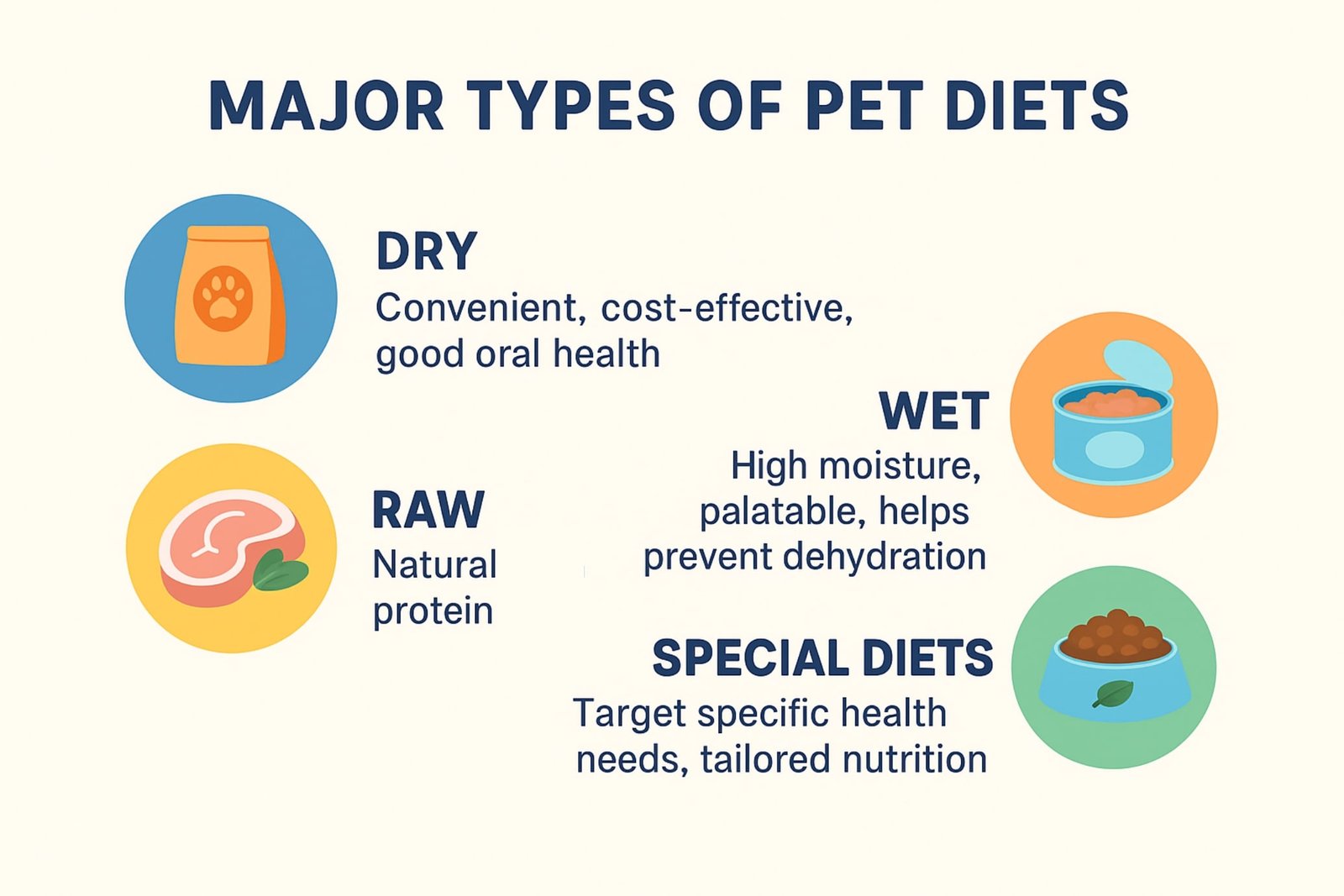
Just like human food, there might be days that you want a simple sandwich, days that you want a hearty soup, and other days when you want a whole meal from the farm-to-table. Similarly, food for your furry friend can also be customized.
Dry Dog food- Kibble: crunch and munch
Dog food in the form of dry kibble is a classic, equivalent to pizza in the pet world. It’s the universal staple of the pet food world, and a lot of dogs do fine on it.
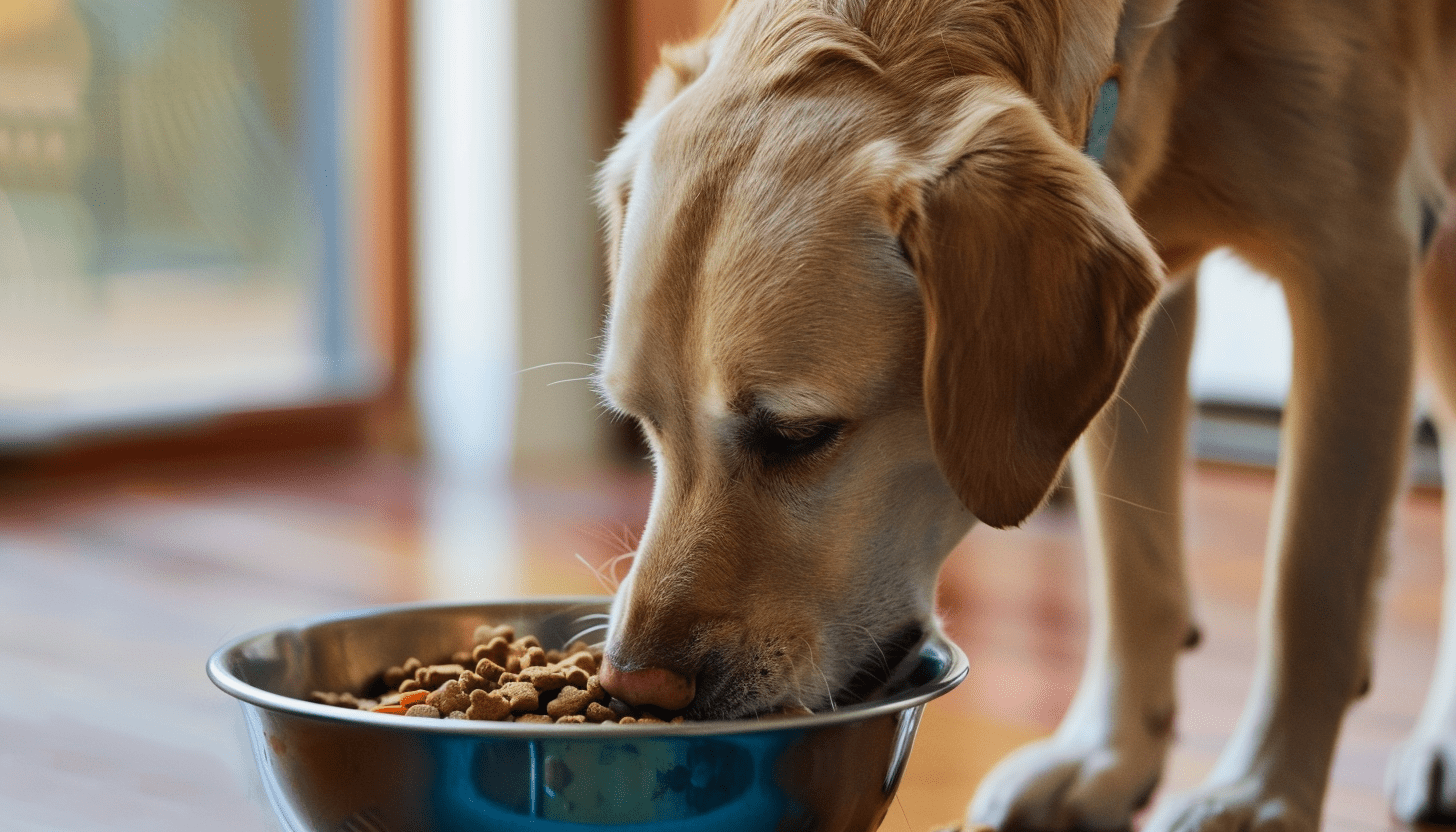
- It is super convenient, scoop it, serve it, done. No refrigerator space is required.
- It costs less than the other variants and is, hence, reasonable.
- It has a longer shelf life, so it is convenient to buy in bulk.
- Additionally, kibble may help in plaque and tartar removal from the pet’s teeth due to its crunchy texture, providing a dental benefit as well.
But kibble isn’t without its faults. Some picky dogs find kibble unappetizing, and dogs with dental issues may struggle to chew it. Nonetheless, for the busy pet parents, this option is fuss-free.
Wet Dog Food: For the Tail Wagging Goodness
Although kibble is nice and practical, wet food is delicious and easy to chew and swallow. It is heavy with smells and flavorful and aromatic, and is every picky-eater’s wish. It has reasons to be loved:
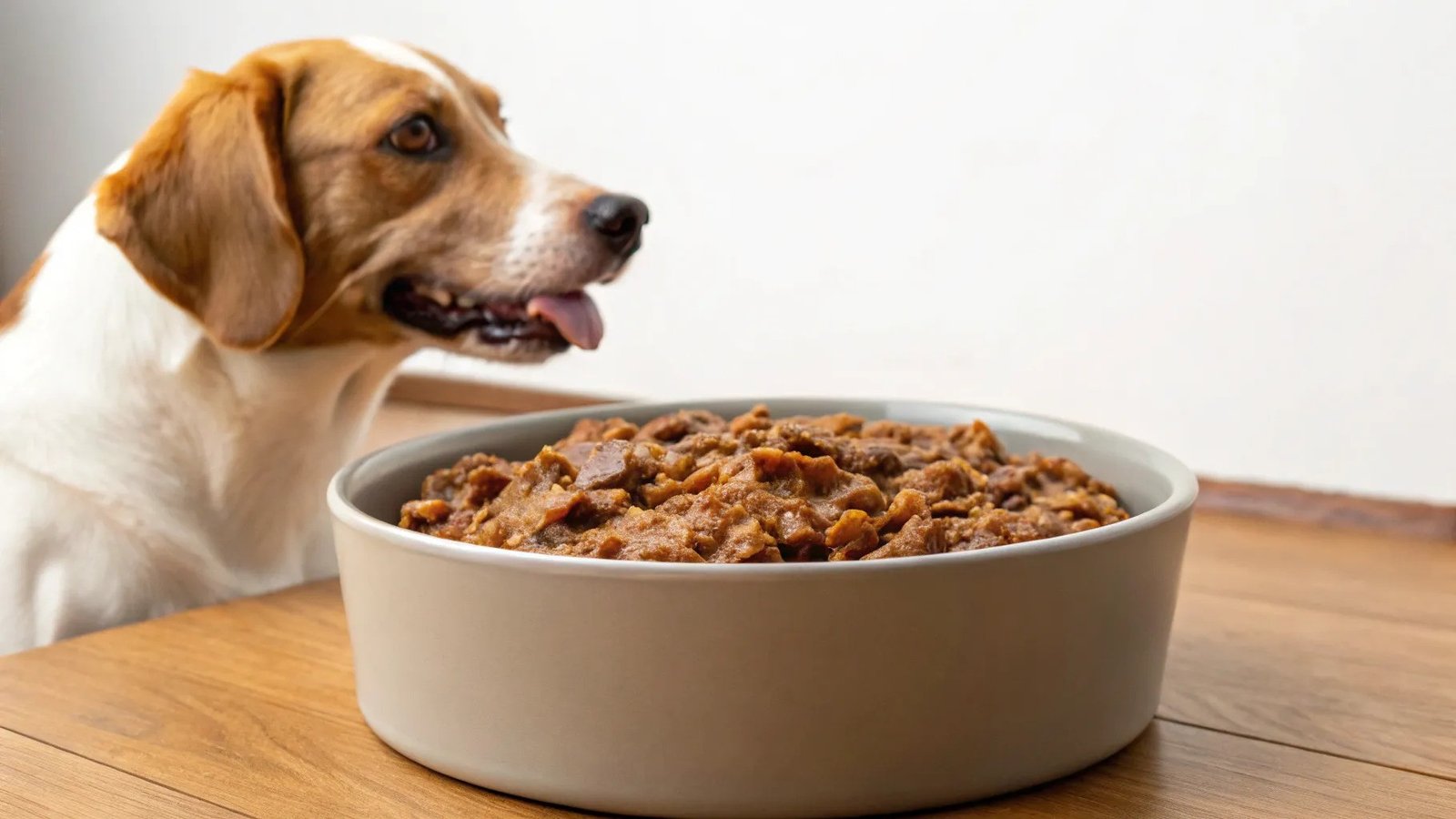
- As it is approximately 70–80% water, it helps dogs stay hydrated, especially those that rarely drink water!
- It is irresistible and tastes better due to its texture.
- Wet food is easier to chew and digest for puppies, small breeds, or seniors.
However, there are certain downsides like
- It’s much more expensive than kibble.
- Once opened, it has a shorter shelf life.
- It can get messy! (Hello, gravy spills.)
A mix of both dry and wet food for Pooch can be a great balance of flavor and nutrition, and may be a solution for the picky eaters. And who knows, the lunch bowl may be licked clean, effortlessly.
Raw Dog Food: Back to the Wild
The raw diet has a cult-like following among dog parents who participate in “ancestral eating”: feeding dogs like their wolf ancestors with raw meat, bones, and vegetables.
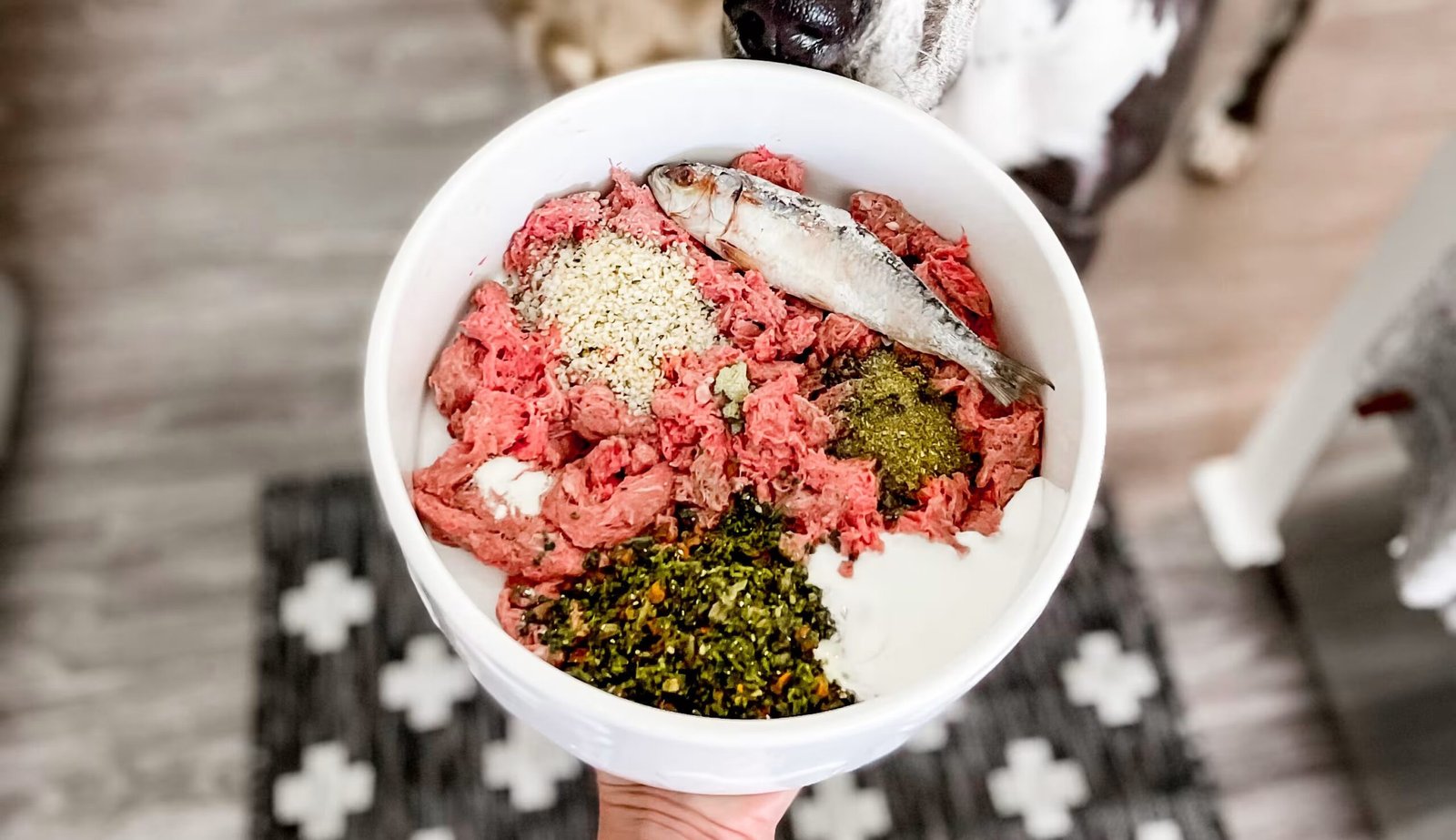
Why is it trending:
- Lean muscle, shiny coat, and tons of energy
- It’s customizable, which is great for dogs with allergies
- Fewer additives and preservatives
But there are some disadvantages as well:
- The potential for bacterial contamination (both dogs and humans)
- Time-consuming to prepare (like chopping raw meat every day)
- It can cost 2–4 times more than kibble
Although raw food may have a natural appeal, food safety is of utmost importance. It is always recommended to consult with your vet before starting any new treatment for your fur-babies.
Special diets: Beyond the basics
The dog food aisle doesn’t end with dry, wet, or raw; some very special formulae meant for different life stages and needs also provide options to the pet parents.
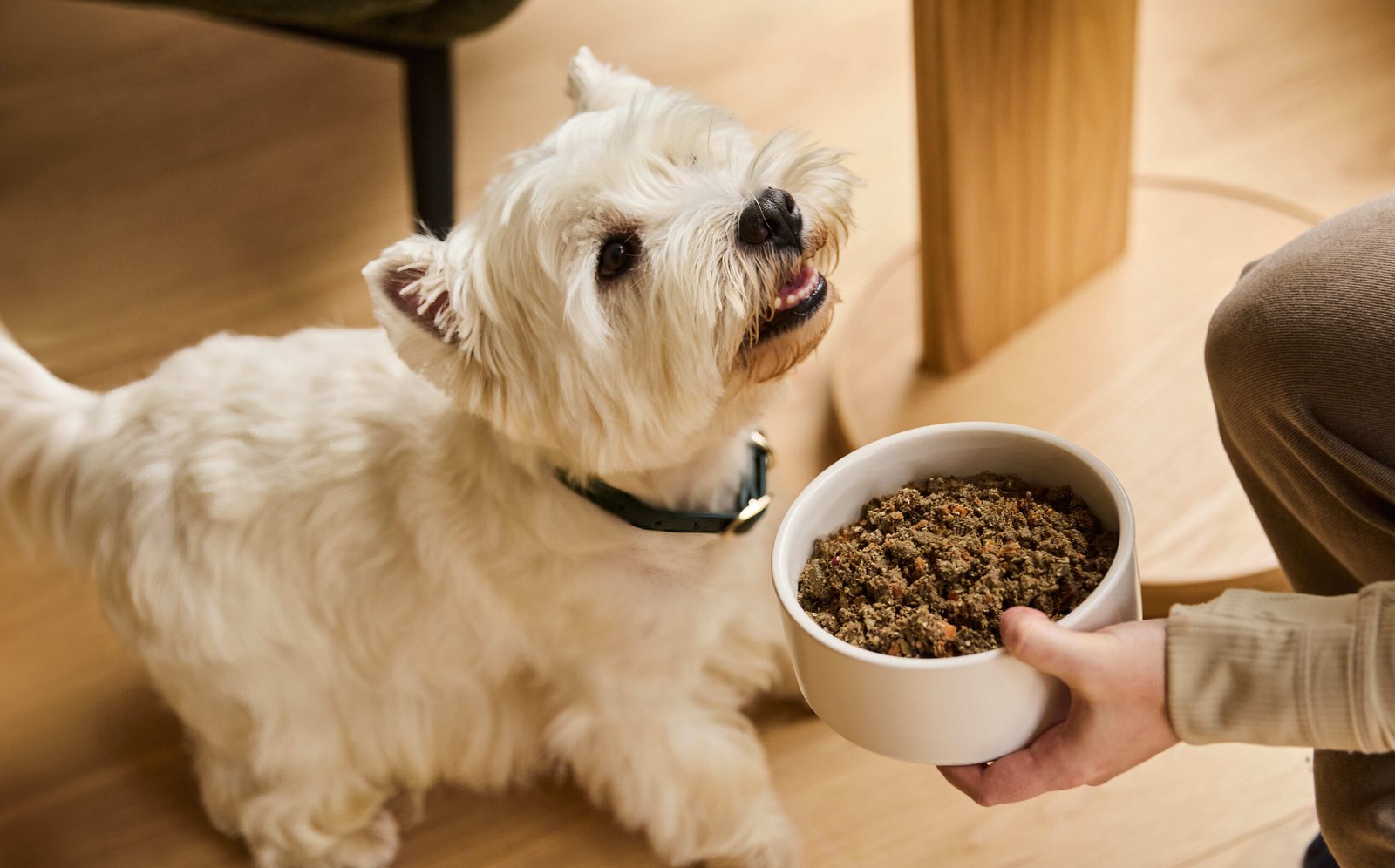
- Puppy food – A little extra protein, fat, and calcium to support growth. (One-month puppy food often starts as mushy or liquid before moving to dry.)
- Senior dog food – It contains lower calories, more antioxidants, and joint support. Good senior dog food is like a retirement plan for their health!
- Dog food for allergies – These are limited ingredient recipes (lamb, salmon, duck) for itchy skin or tummy problems
- Vegan / Vegetarian dog food – These are plant-based meals (with peas, lentils, soy protein), available, but they need careful vet-approved balancing.
- Dog liquid food – This is specifically designed for ill or recovering dogs who cannot chew.
Dog diet care: Feeding Right all year round
Humans alter their daily meals according to the weather: soup in winter, fresh fruit in summer. So the pets can also benefit from slight modifications to their diet throughout the year. While dogs may not complain about their daily menu, their bodies feel the effects of the seasons. Dogs need a little diet adjustment, just like humans. A seasonal diet for dogs may be helpful, so they can remain healthy.
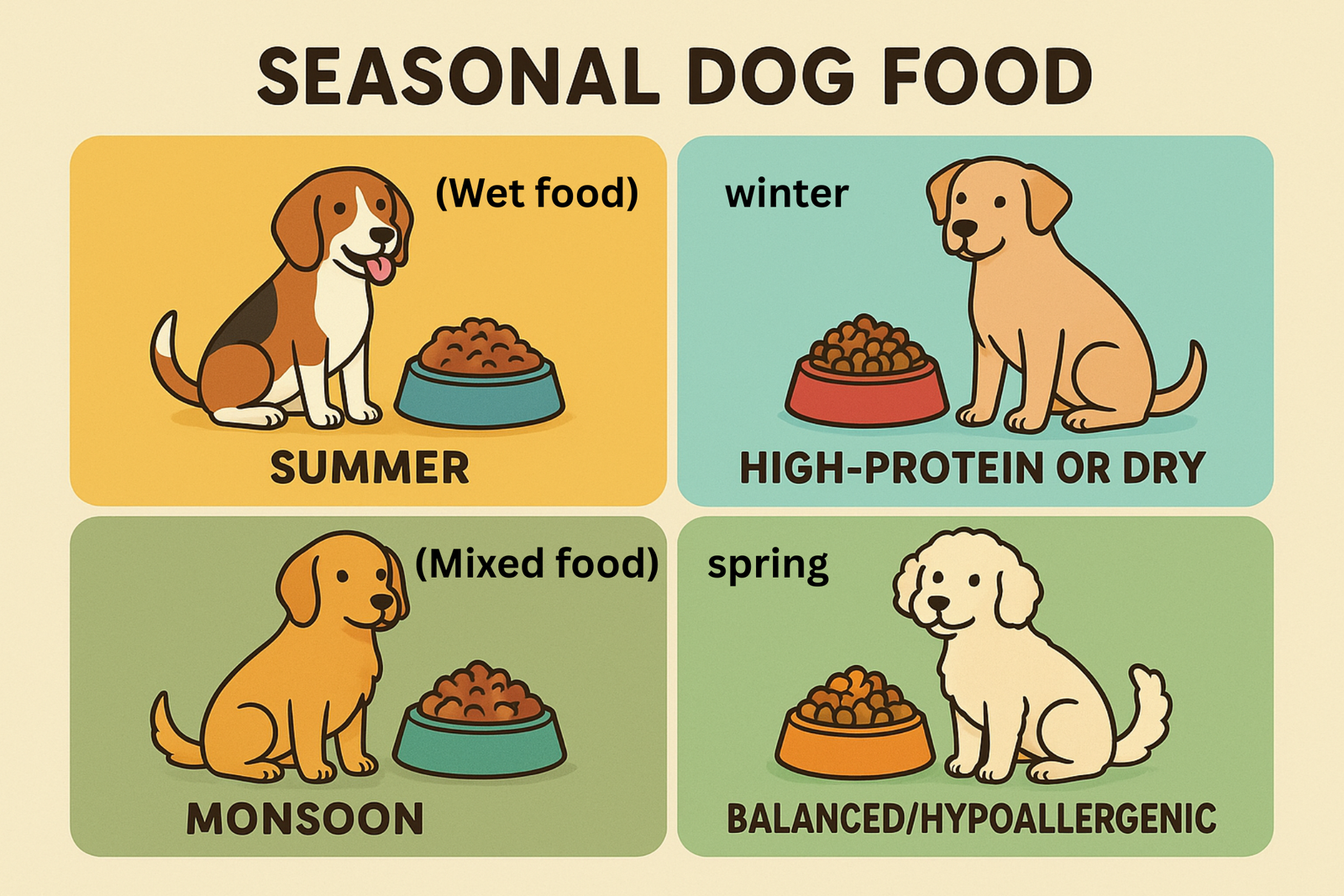
- In the summer, it is essential to focus on hydration. So, wet dog food, or dog liquid food, may be beneficial as long as it is light and the portion is small. Sometimes, goat milk can be given, owing to its high water content and presence of electrolytes that help in retaining body fluids. To make it interesting, smoothies or goat milk cubes may be a refreshing option.
- During the monsoon, sticking to sloppy, digestible dry dog food or a dry-wet mix is better. Using dog food for allergies must be considered if skin problems come back.
- Winters are not always fun. Dogs burn a lot of energy, so they need to take in calories. In this season, choose high-protein dog food, puppy dry dog food (for growing dogs with additional fat), or even senior dog food (to help with the joints).
- Spring calls out for healthy dog food and staying balanced. Dogs with sensitivities may benefit from hypoallergenic dog food.
Diet changes for the dogs do not refer to complete or substantial food changes every few months, but rather, it is a way of tweaking the dog’s diet. More hydration in the summer, more calories in the winter, and a focus on allergens in spring and monsoon time. Any diet changes should be made gradually, and a veterinarian should be consulted before making any major adjustments.
The Final Woof
At the end of the day, there isn’t one single ‘perfect’ meal for every dog. Some dogs do well on dry food for the crunch and ease of feeding, while others love the taste of wet food, and some dogs can thrive on properly prepared raw dog food. Then there are the specialized types of food as well. Each of these categories meets very specific needs.
The truth is, there are no cut-and-dry rules. Instead, the key is to watch how the dog eats, alongside their activity level and appearance. Adjustment of their food as needed must be made. For most pet parents, this is a blend of food types that provides the right balance of taste, nutrition, and ease of feeding. But always make sure to consult the vet before making drastic changes.
The best dog food is the food that keeps your dog happy, healthy, and full of energy for every season of their life- tail wagging, coat shining!
Frequently Asked Questions
Puppies need food that’s higher in protein, healthy fats, and calcium to support rapid growth. Look for puppy food formulas or vet-approved homemade diets that are specifically designed for early development.
Not always, it depends on your dog. Wet food is tastier and hydrating, while dry food (kibble) is convenient and supports dental health. Many vets recommend mixing both to balance nutrition and taste.
A mix of raw meat, vegetables, and supplements as needed, with the guidance of a vet, can be useful in creating a nutritionally balanced diet for a dog at home.
Yes, but it must be balanced with sufficient plant protein, vitamins, and minerals to avoid deficiencies.
For a senior dog, food with omega-3s, antioxidants, and joint support ingredients may be helpful.
Share what you’ve read
- All Posts
- Blog
- Blogs
- Recipe
- Stories
- Trivia

October 21, 2024 hyepets.com 4:11 am ⏱ Time to read 8 min It’s cuddle time with the fur baby, and...

October 19, 2024 hyepets.com 1:39 pm ⏱ Time to read 9 min Pets are adorable and bring joy to lives...

October 19, 2024 hyepets.com 12:17 pm ⏱ Time to read 8 min It’s morning. Barely is the sun up, and...
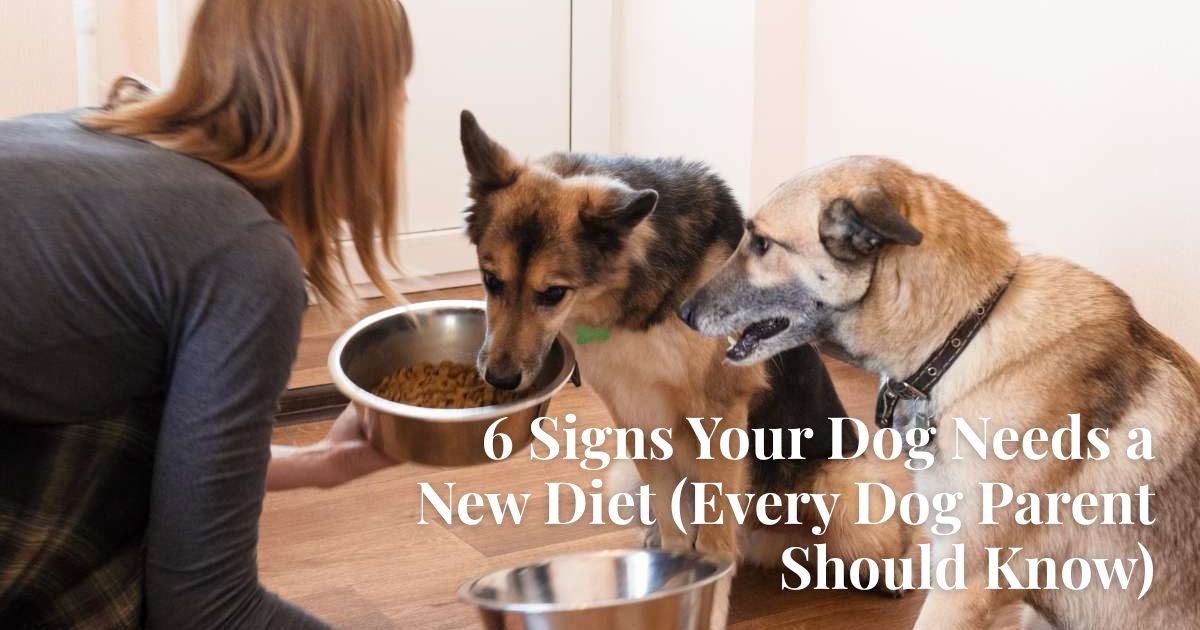
October 19, 2024 hyepets.com 9:34 am ⏱ Time to read 6 min Furries are no less than babies, and all...

June 15, 2024 hyepets.com 9:39 am ⏱ Time to read 7.5 min Monsoons are here to relieve the summer heat...

March 7, 2024 hyepets.com 12:00 pm ⏱ Time to read 30 sec Have You Ever wondered what does all the...

March 7, 2024 hyepets.com 12:00 pm ⏱ Time to read 9 min “The first impression is the last impression”, and...
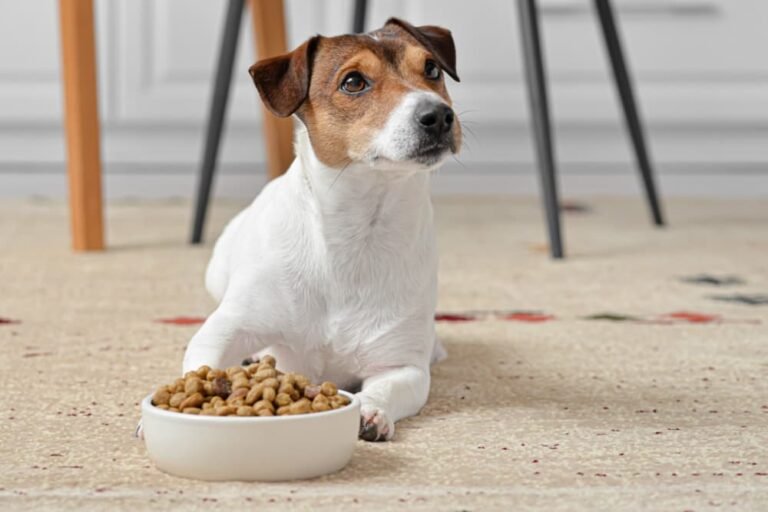
March 7, 2024 hyepets.com 12:00 pm ⏱ Time to read 8 min Even being a responsible pet owner, what is...

March 7, 2024 hyepets.com 12:00 pm ⏱ Time to read 12 min Our furry friends provide us with companionship and love...

March 7, 2024 hyepets.com 12:00 pm ⏱ Time to read 13 min What if your furry companion gets irritated due...

March 7, 2024 hyepets.com 12:00 pm ⏱ Time to read 7 min Hardly will there be any dog enthusiast who...
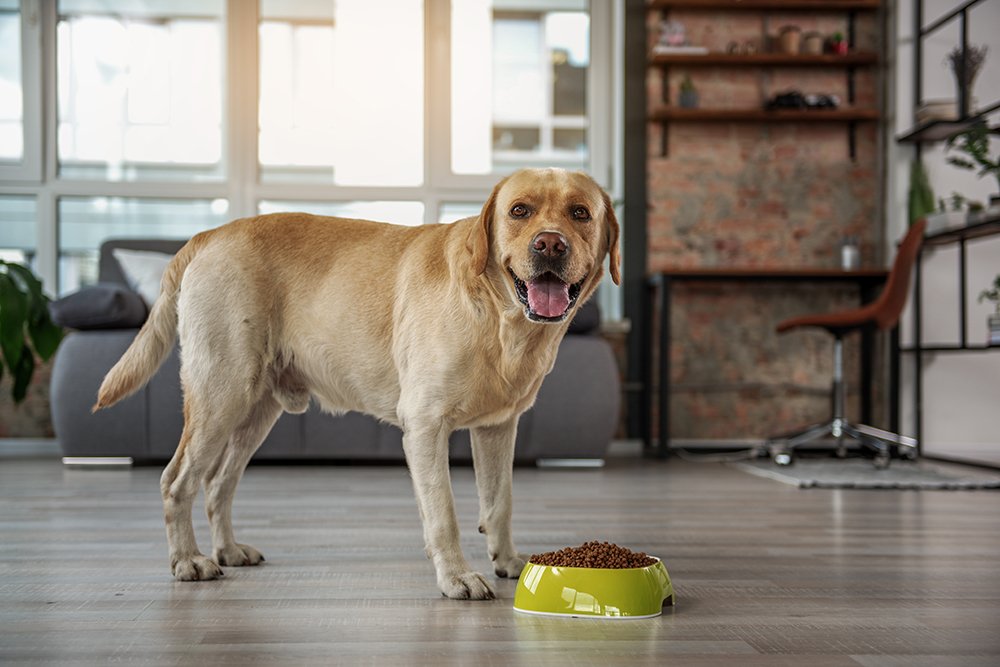
March 7, 2024 hyepets.com 12:00 pm ⏱ Time to read 8 min Owning an active dog breed sounds cool, but...
